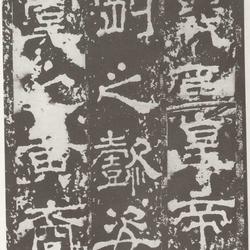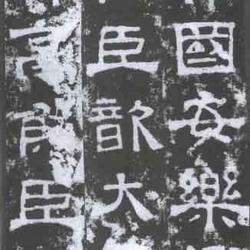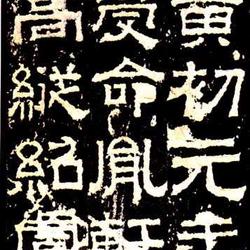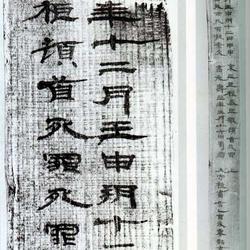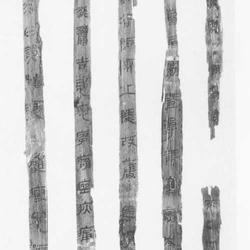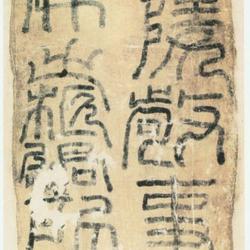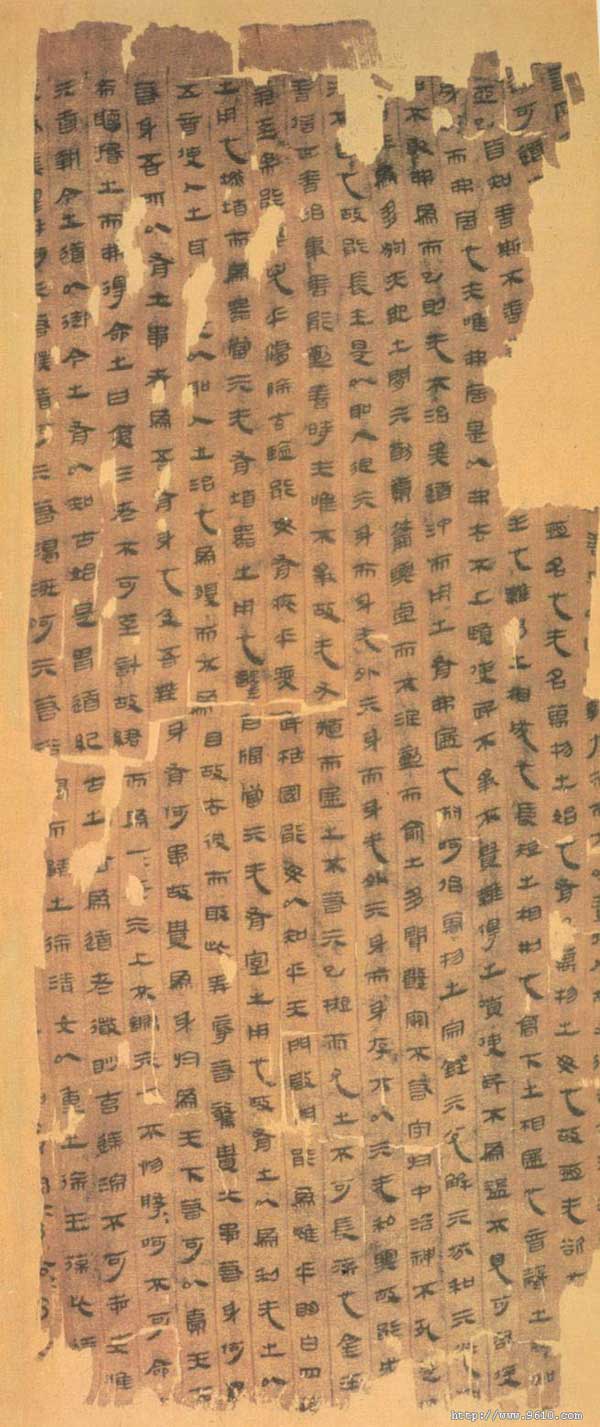
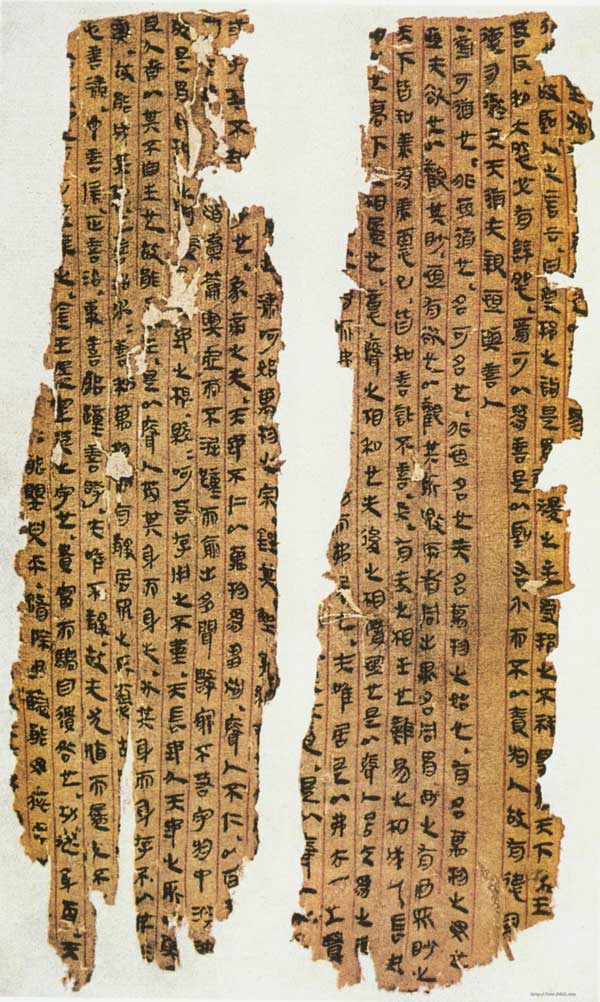
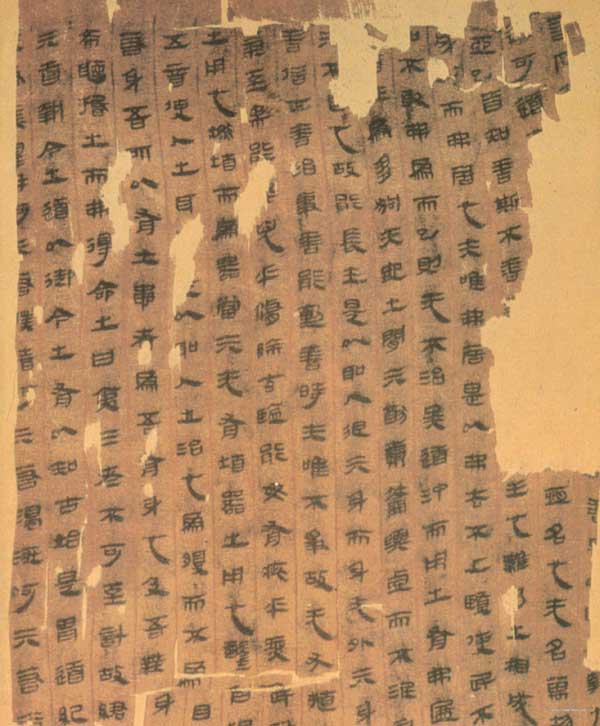
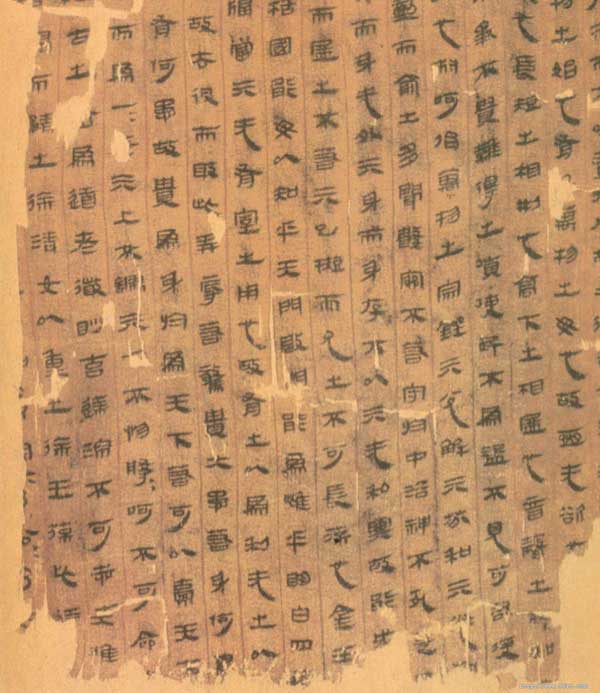
It was unearthed in Han Tomb No. 3 at Mawangdui in Changsha, Hunan in 1973. Including "Warring States Policy Strategist's Letters to the Family", "Laozi" A and B, etc., it is the first-hand material for the study of calligraphy in the Western Han Dynasty. It solves the debate about whether there is official script in the Western Han Dynasty. It is said that there is no official script in the Western Han Dynasty, and there is no official script in the Western Han Dynasty. Arguments such as dividing books are self-defeating.
The writing style of "Mawangdui Silk Script" is calm and strong, giving people a sense of subtlety and roundness. Its composition is also unique. It is different from simple scripts and stone carvings. It has lines and horizontal lines, and the length is very free. There is a strong sense of jumping rhythm. Overall, it reflects the character characteristics of the Li transformation stage from Seal to Li.
"Mawangdui Silk Script" was not written by one person at one time, and has different styles. Some are beautiful and graceful, with fonts similar to mature Han Li, and are probably late works. Some are clumsy and old-fashioned, with strong seal meaning and clear line spacing. Large or small, straight or slanted, it presents a free and easy atmosphere. This shows the evolution of Han Li from Seal to Li.

